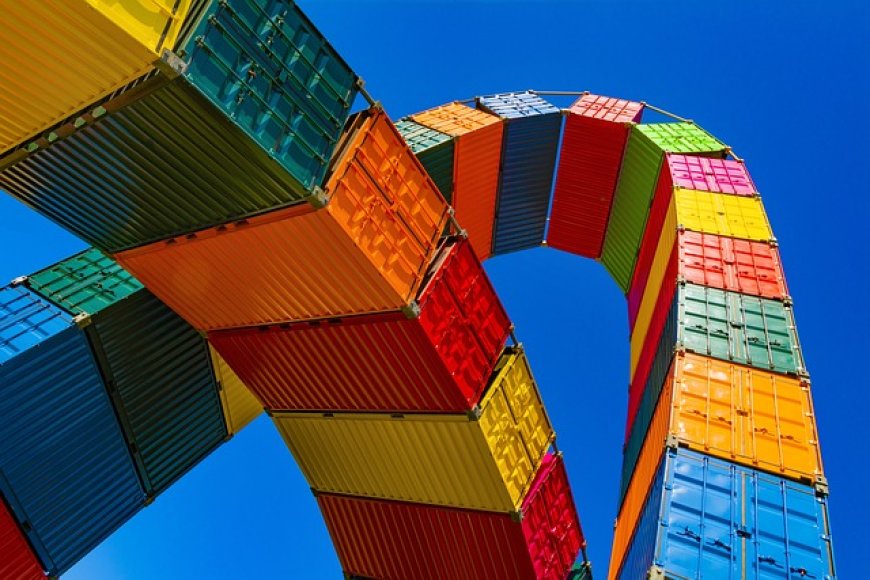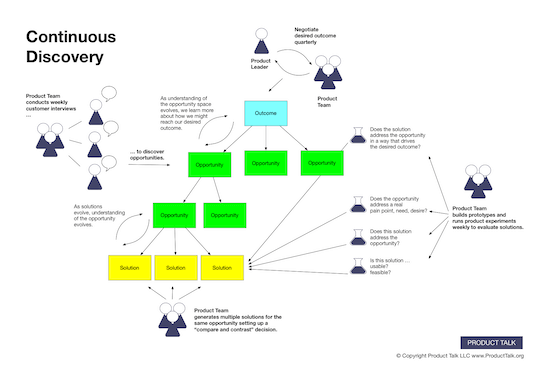Factors Affect Load Lifting Operations:
Factors Affect Load Lifting Operations.

Safety factors in lifting loads:
Lifting loads is a common activity in many sectors, from construction to heavy industry.
However, this operation also presents considerable risks, requiring strict safety measures to ensure the protection of workers, equipment and the load itself.
In this article, we will discuss the main factors that affect safety when lifting loads, focusing on the safety factor, an important concept for preventing accidents and ensuring the safety of everyone involved. Click Here for Lifting Training
What is load lifting and how is it done?
Load lifting involves lifting and moving heavy or bulky objects using equipment such as cranes, hoists and hoists.
This activity is important for several segments, such as:
Industry: it is used to move machines, parts and finished products from one point to another.
Logistics: it works in the loading and unloading of containers and other types of cargo.
Events: it is used to lift structures, stages and sound and lighting equipment.
How to safely lift loads?
Safety when lifting loads depends on a series of preventive measures, which must be implemented from the planning of the operation to its execution.
Among the main aspects to be considered, we can highlight:
Detailed planning:
A lifting plan must be drawn up that defines the type of equipment to be used, the route of the load, the attachment points and the lifting and handling procedures.
Selecting the appropriate equipment:
The equipment used for lifting must have capacity and characteristics compatible with the weight, dimensions and shape of the load.
Pre-operational inspection:
Before starting the operation, a complete inspection of the equipment, cables, straps and other accessories must be carried out to ensure that they are in good working order.
Signage and isolation of the area:
The lifting area must be delimited and adequately signposted to prevent the entry of unauthorized persons.
Clear and efficient communication:
It is essential to establish effective communication channels between the equipment operator, the signalman and others involved in the operation.
Use of appropriate PPE:
All workers involved in the operation must use appropriate PPE (Personal Protective Equipment), such as helmets, safety boots, gloves and safety glasses.
Training and qualification:
Professionals who work in lifting loads must have adequate training and qualification to perform operations safely.
Preventive maintenance:
Preventive maintenance of the equipment used in lifting loads ensures its reliability and avoids unexpected failures.
What is the safety factor in lifting loads?
The safety factor is a relevant concept in the safety of lifting loads.
It represents the additional load capacity that a component or equipment has beyond the nominal load for which it was designed.
This factor works as a safety margin to compensate for the differences in stress between static and dynamic loads, ensuring the integrity of the system throughout the lifting process.
Effective load vs. nominal load: understanding the differences
The real load considers the various factors that can influence the operation, such as:
Dynamic forces: impacts, jerks and accelerations during lifting generate load peaks that can exceed the nominal load.
Weather conditions: strong winds, rain and snow can significantly increase the weight of the load and the forces on the equipment.
Surface imperfections: Uneven terrain or obstacles in the path of the load can generate friction and additional forces.
The safety factor takes these additional aspects into account, ensuring that the component or equipment has the capacity to support the actual load throughout the lifting process.
Safety in lifting loads is a shared responsibility of everyone involved in the operation, from equipment operators to those responsible for supervising and planning activities.
By following the correct procedures, choosing the appropriate equipment and using the safety factor as an additional margin of protection, it is possible to carry out lifting loads safely and efficiently, protecting lives, equipment and company assets.
















































































































![Building A Digital PR Strategy: 10 Essential Steps for Beginners [With Examples]](https://buzzsumo.com/wp-content/uploads/2023/09/Building-A-Digital-PR-Strategy-10-Essential-Steps-for-Beginners-With-Examples-bblog-masthead.jpg)















![How to Use GA4 to Track Social Media Traffic: 6 Questions, Answers and Insights [VIDEO]](https://www.orbitmedia.com/wp-content/uploads/2023/06/ab-testing.png)


































